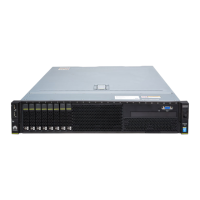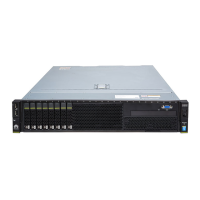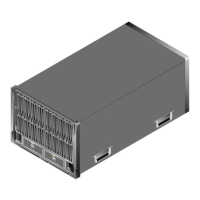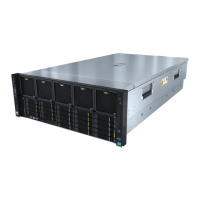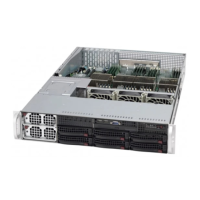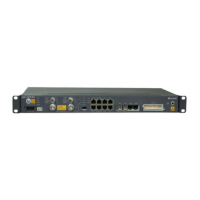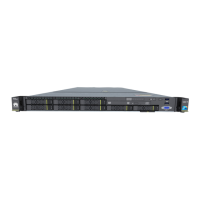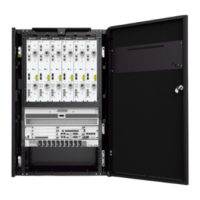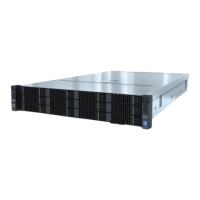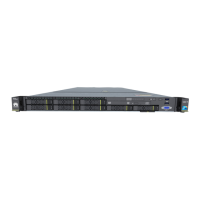The default value of Power Strategy is Turn on, which indicates that the server
automatically powers on after power is supplied to PSUs. To change the value of Power
Strategy, log in to the iBMC WebUI and choose Power > Power Control.
● If PSUs are powered on and the server is in the standby state, power on the
server as follows:
When the power indicator is steady yellow, the server is in the standby state.
– Press the power button on the front panel to power on the server. For
details about the power button position, see 2.2 Appearance.
– Power on the server using the iBMC WebUI. For details, see 4.1 Powering
On the Server.
– Power on the server using the iBMC CLI in remote management mode.
Log in to the iBMC CLI. For details, see 9.3 Logging In to the iBMC CLI.
Run the ipmcset -d powerstate -v 1 command on the iBMC CLI to power
on the server remotely.
Procedure
Power on the server using the iBMC WebUI.
Step 1 Log in to the iBMC WebUI. For details, see 9.2 Logging In to the iBMC WebUI.
Step 2 Choose Power > Power Control.
The Power Control page is displayed, as shown in Figure 4-1.
RH2288H V3 Server
User Guide 4 Powering On and O the Server
Issue 46 (2022-12-28) Copyright © Huawei Technologies Co., Ltd. 117
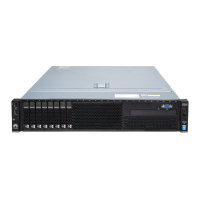
